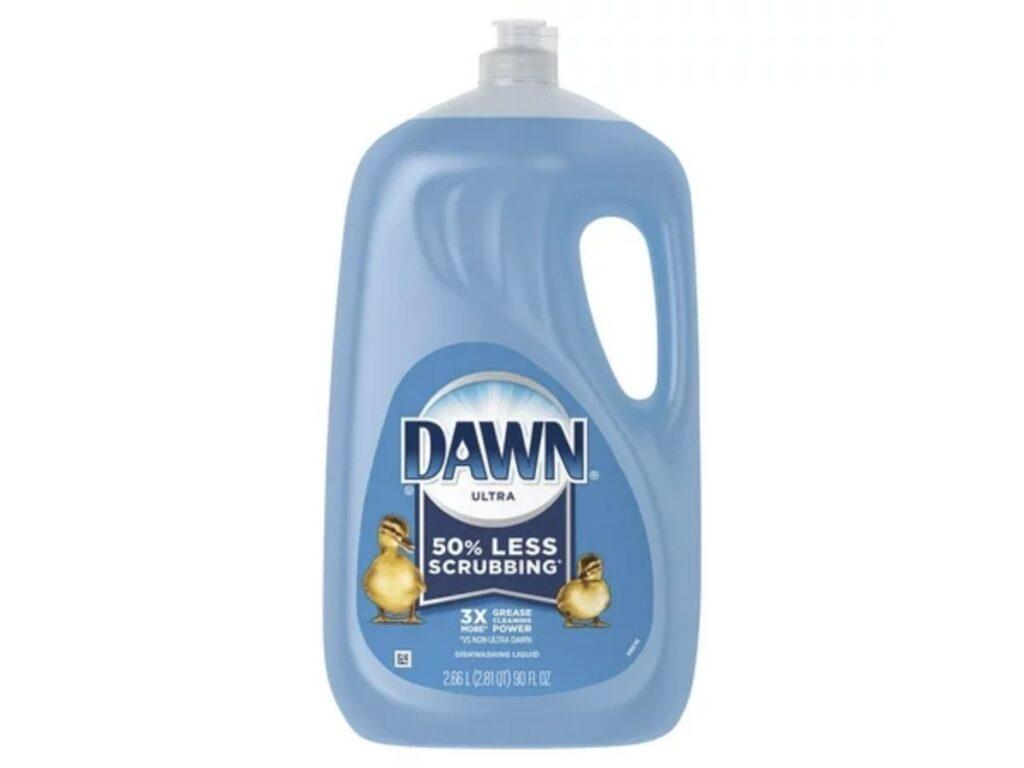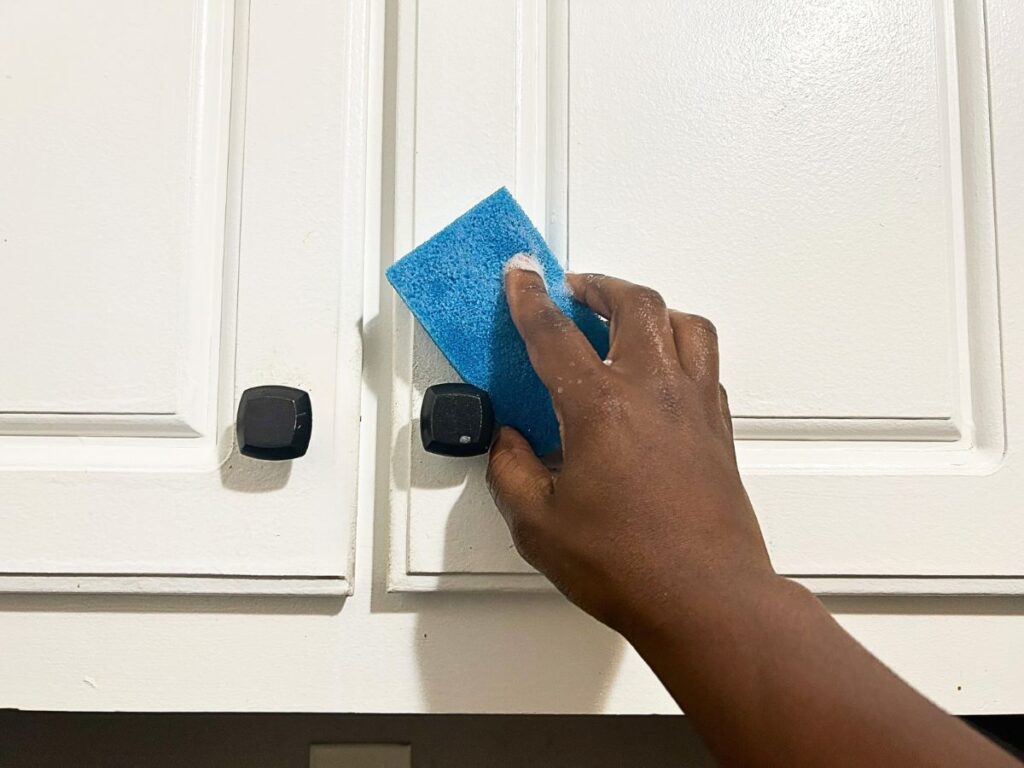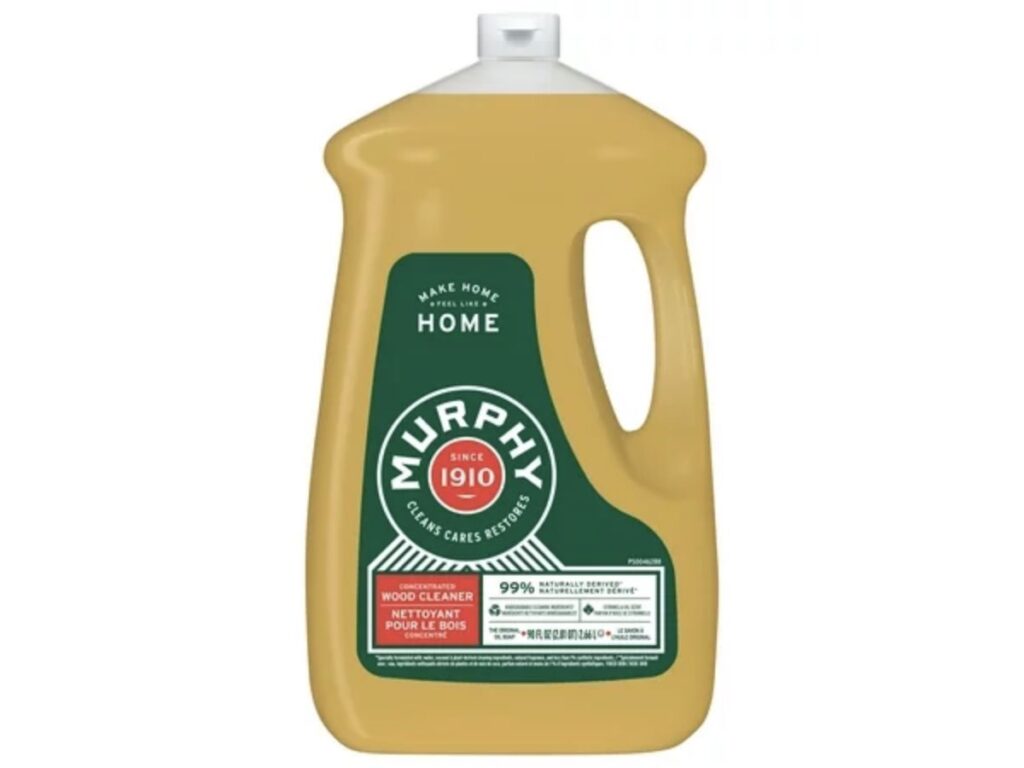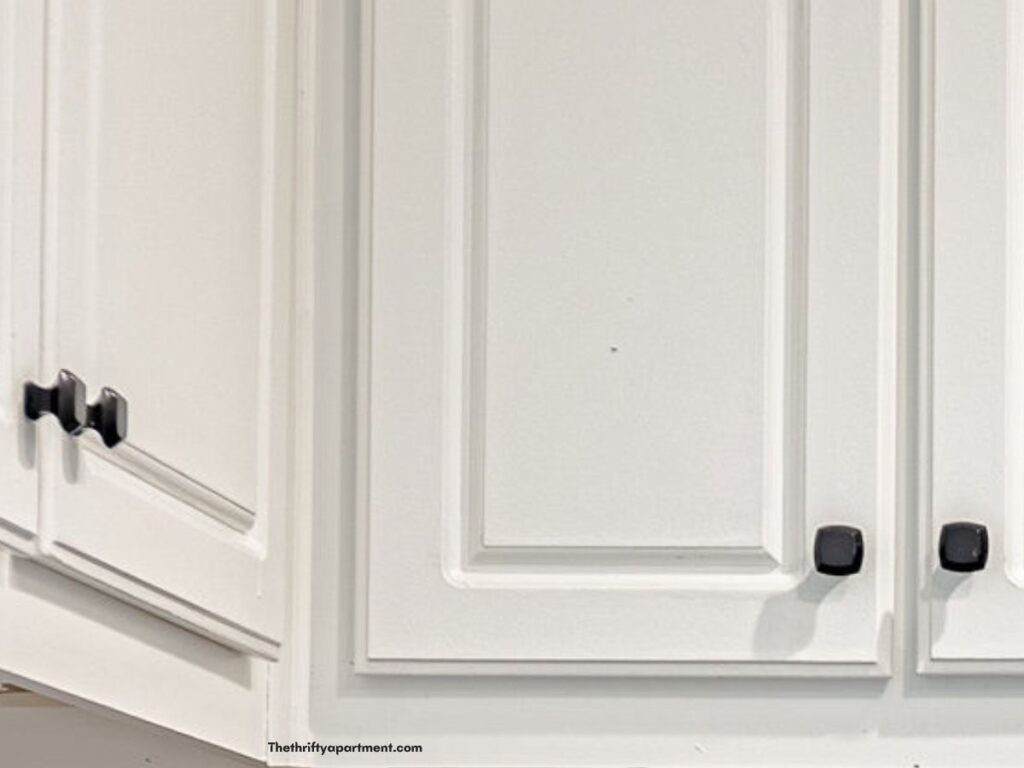We’re all familiar with the challenges of maintaining a clean and busy kitchen. And with these challenges, the one area of the kitchen that often goes neglected is the kitchen cabinets. Despite enduring a lot of wear and tear, these cabinets usually don’t get cleaned as often as they should. This leads to the buildup of dirt, grease, and grime.
Cooking adds to the issue, as airborne grease from stoves and ovens mixes with steam, gradually creating a dull layer on the cabinets. On top of that, accidental spills, splatters, and greasy fingerprints frequently mar the appearance of wooden kitchen cabinets, highlighting the need for regular cleaning.
You are watching: How to Clean Sticky Grease Off Your Kitchen Cabinets
You can easily remove the cooking residue from your greasy cabinets using items you probably already have at home. So, if you’re ready to refresh your greasy kitchen cabinets, here are some of the most effective cleaning methods to rejuvenate your kitchen’s appearance, leaving it inviting and renewed.

This post may contain affiliate links, which means I will earn a small commission if you purchase through my link. Please see the full disclosure and privacy policy for more information.
Method 1 – Dish Soap and Baking Soda
Read more : Is Refacing Kitchen Cabinets Worth The Money?
What You’ll Need
- Dawn Dishwashing Liquid Soap
- Baking Soda
- Sponge / Cloth
- Water

If you happen to see buildup on your wooden cabinets, you can easily rejuvenate them using simple items you likely already have in your kitchen: a kitchen sponge, water, and a reliable liquid dish detergent like Dawn. This dish soap is a natural degreaser, effectively removing cooking grease as it does with your dishes.
Step 1 – Fill a small mixing bowl with soapy hot water. Dip a sponge or clean cloth into the soapy water to clean your kitchen cupboards. Scrub the cabinet surfaces to remove any sticky grease and residue. Clean both sides of the cabinet doors, focusing on the knobs, and drawer pulls where greasy fingerprints often accumulate.

Step 2 – Wipe away the soapy water or residue on the kitchen cabinets with a clean, dry cloth or paper towel.

Read more : How to Tighten a Loose Moen Kitchen Faucet Base?
Optional Step 3 – If you see stubborn dirt or grease stains remaining, you can try using baking soda. Mix 1 parts baking soda with two parts warm water to create a solution. Dip the sponge into the mixture and gently scrub the cabinet surfaces. Once you’ve removed the grime, use a damp towel to wipe down the surfaces and eliminate any leftover baking soda residue. Wash out the cloth with clean water if you notice baking soda streaks remaining. This residue can dry and leave behind white streaks if not properly removed.
Related post: 12 Clever Ways You Can Transform Your Entire House With Baking Soda
Method 2 – White Vinegar
Read more : Is Refacing Kitchen Cabinets Worth The Money?
What You’ll Need
- Vinegar
- Spray Bottle
- Sponge / Cloth
- Water

Vinegar is another effective kitchen cleaner for dealing with stubborn grease stains. Its natural acids help break down the grease without leaving any residue.
Step 1 – Start by spraying the greasy cabinets with vinegar. Let it sit for 5 – 10 minutes.
Step 2 – Use a damp cloth to wipe down the greasy area. Wipe away any remaining buildup.
Related: 18 Simple Cleaning Hacks with Baking Soda and Vinegar
Method 3 – Murphy’s Oil Soap
This is one of my favorite all-purpose wood cleaners. This thing is tough on kitchen grease and has stood the test of time for over a century. It is also great for cleaning thrifted wood furniture. It’s adept at cutting through grease compared to other products and imparts a smooth finish to wood surfaces. Here’s how to use it.
Read more : Is Refacing Kitchen Cabinets Worth The Money?
What You’ll Need
- Murphy Oil Soap
- Sponge / Cloth
- Water

Step 1 – Get a small bowl of warm water and 1/3 cup of Murphy Oil soap. This product can go a long way, so be careful not to add too much. Dip a sponge or clean cloth into the water to clean your kitchen cabinets. Scrub the cabinet surfaces to remove any sticky grease and residue. Clean both sides of the cabinet doors, with a particular focus on the knobs and drawer pulls where greasy fingerprints often accumulate.
Step 2 – Wipe away the soapy water or residue on the kitchen cabinets with a clean, dry cloth or paper towel.
How to Maintain Kitchen Cabinets

Regular cleaning and maintenance are essential to keep wood kitchen cabinets looking their best and prolong their lifespan. By incorporating a few simple cleaning habits into your routine, you can prevent the accumulation of dirt, grease particles, and grime and maintain the natural beauty of your cabinets.
Here are some ways that you can maintain the beauty and cleanliness of your wood kitchen cabinets:
- Regularly wipe down cabinets: Make sure you clean your cabinets regularly using a soft cloth to prevent the buildup of dirt and grime. There’s typically no need for commercial products as they can sometimes have harmful chemicals in them. A simple wipe-down of the surface of the cabinets with a mild soap or a damp cloth is all that is needed.
- Apply furniture polish: Periodically applying furniture polish can help restore shine and protect the wood. Choose a polish specifically formulated for wood cabinets and follow the manufacturer’s instructions.
- Remember to clean the hardware, grooves, and trim where dust and grease accumulate. You can use a small brush or old toothbrush to scrub the area gently for smaller crevices that your cloth might not reach.
How often should you clean kitchen cabinets?
Clean your kitchen cabinets based on how often you use your kitchen. If you cook on a daily basis, it’s a good idea to wipe down the cabinets daily. Regular cleaning while you cook can reduce the need for more extensive cleaning sessions.
If your kitchen is used less frequently, a monthly cleaning should suffice. For a thorough, more rigorous cleaning, consider a deep clean every 3-6 months. This involves removing all items from the cabinets and cleaning both the interior and exterior surfaces.
Other posts you might like:
- 6 Ways to Clean Your Tile Grout
- How to Clean Mold in Shower and Safely Prevent It
- How to Clean a Glass Shower Door
Please comment below to let me know what you think of this article. Feel free to follow me on my social media pages – Pinterest and Instagram or subscribe to my mailing list for other design inspiration, DIY projects, and home decor ideas.
Source: https://gardencourte.com
Categories: Kitchens

